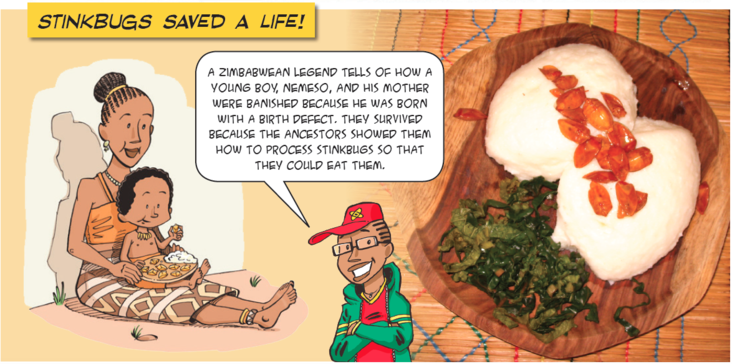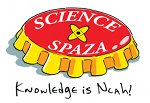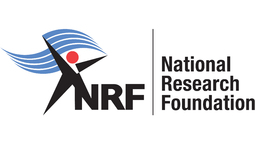Africa has a wealth of edible insects whose nutritional content, life cycles, harvesting, preparation, and socio-economic impacts have been researched and documented. Globally, over 1900 insect species are eaten by humans. 250 of these occur in Africa. For example, stinkbugs are harvested, prepared and eaten by some Venda people in the Vhembe District of the Limpopo Province of South Africa. Stinkbugs are highly nutritious and tasty but need to be captured during the night when the insects are immobilized by the cold.
Insects are a protein-rich mini-livestock and their cost-production ratios are higher than beef, pork or poultry.
Extensive research has been undertaken on edible insects in Africa such as the mopane worm (Imbrasia belina), locusts, termites, the inflated stinkbug (Encosternum delegorguei) and the African metallic wood boring beetle (Sternocera orissa). Entomophagy or eating insects is not restricted to the rural poor but is a highly respected cultural practice which may turn out to be the protein food of the future due to ease and efficiency of production.
Apart from cricket farming in Madagascar and black soldier fly farming in South Africa, there are few insect farms in Africa, even though entomophagy is prevalent on the continent. Rural areas of Limpopo, Mpumalanga and North West Provinces, where insect consumption is well known, have limited income generation opportunities. Insect harvesting provides a wild-sourced resource that is sold informally at pension pay-points, roadsides and taxi ranks particularly by women. In contrast, insect use in Japan has been modernised and numerous products such as tinned, bottled, sweet or savoury insects are available in supermarkets and are found on restaurant menus. There are even annual edible wasp festivals in central Japan that attract international and domestic tourists to see which farmer has nurtured the largest nest!

This article was developed in partnership with The North West University and the National Research Foundation
Click on the logos to find out more


